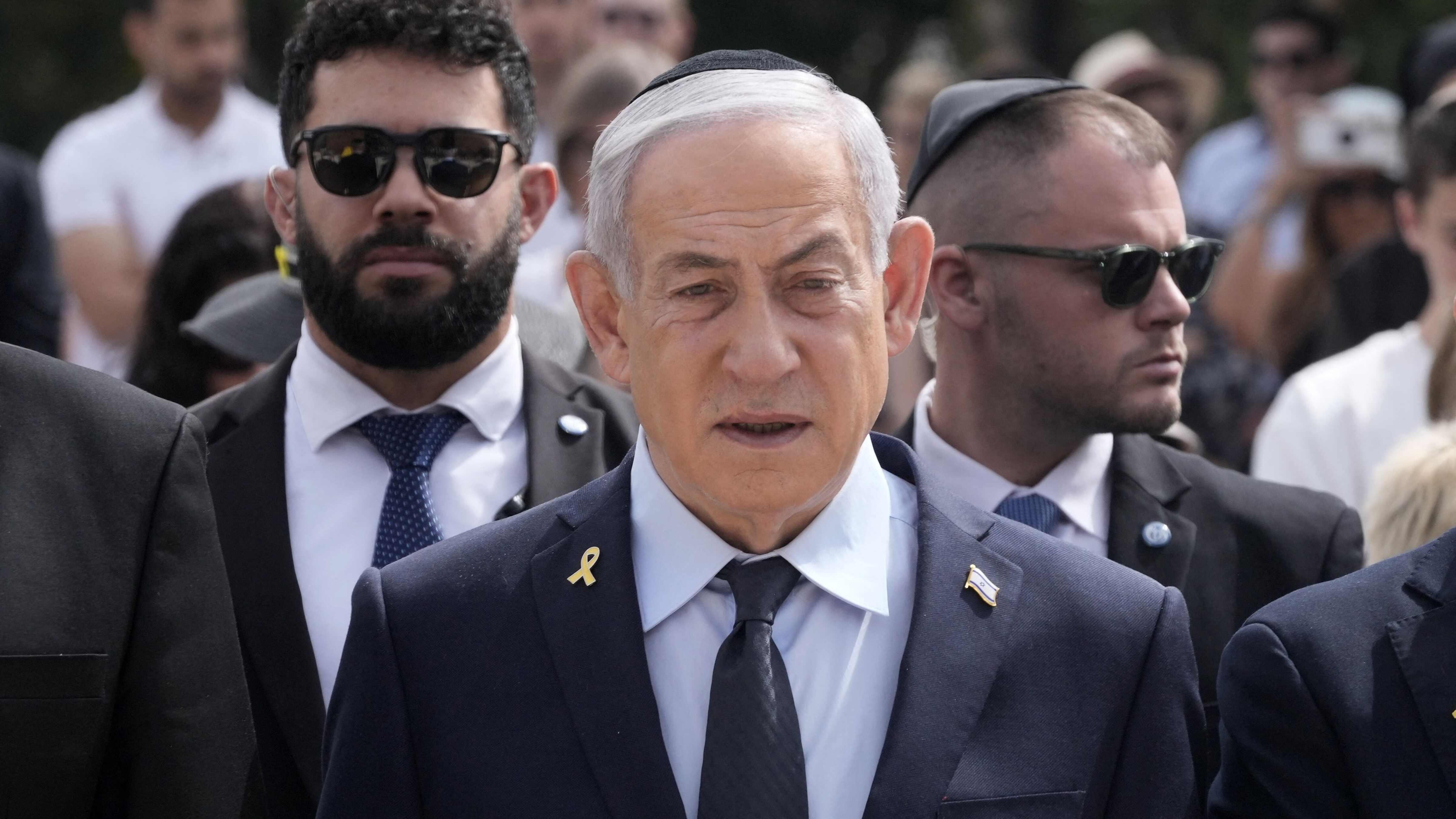Firms face complex challenge of protecting their top brass
NEW YORK

He’s one of the most famous and widely admired corporate leaders in the world. But it’s the haters that companies like Mark Zuckerberg’s Meta worry about.
In an era when online anger and social tensions are increasingly directed at the businesses consumers count on, Meta last year spent $24.4 million on guards, alarms and other measures to keep Zuckerberg and the company’s former chief operating officer safe.
Some high-profile CEOs surround themselves with security. But the fatal shooting this week of UnitedHealthcare CEO Brian Thompson while he walked alone on a New York City sidewalk has put a spotlight on the widely varied approaches companies take in protecting their leaders against threats.
Thompson had no personal security and appeared unaware of the shooter lurking before he was gunned down.
And today’s political, economic and technological climate is only going to make the job of evaluating threats against executives and taking action to protect them even more difficult, experts say.
Some of the biggest U.S. companies, particularly those in the tech sector, spend heavily on personal and residential security for their top executives.
Meta reported the highest spending on personal security for top executives last year.
At Apple, CEO Tim Cook is regularly accompanied by security personnel when he appears in public. Still, the company’s $820,000 allotted last year to protect top executives is a fraction of what other tech giants spent for CEO security.
Just over a quarter of the companies in the Fortune 500 reported spending money to protect their CEOs and other top executives. Of those that did, the median payment for personal security doubled over the last three years to about $98,000.
In many companies, investor meetings like the one UnitedHealthcare’s Thompson was walking to when he was shot are viewed as very risky because details on the location and who will be speaking are highly publicized.
Some firms respond by beefing up security. For example, tech companies routinely require everyone attending a major event, such as Apple’s annual unveiling of the next iPhone or a shareholder meeting, to go through airport-style security checkpoints before entering.
Others forgo in-person meetings with shareholders, including Amazon, which holds its annual shareholder meetings virtually.
“But there are also company cultures that really frown on that and want their leaders to be accessible to people, accessible to shareholders, employees,” said Dave Komendat, president of DSKomendat Risk Management Services.
Many top executives are little known to the public, operating in industries and locations that make them far less prone to public exposure and to threats.
Some organizations have a protective intelligence group that uses digital tools such as machine learning or artificial intelligence to comb through online comments to detect threats not only on social media platforms such as X but also on the dark web, says Komendat.
They look for what’s being said about the company, its employees and its leadership to uncover risks.
















